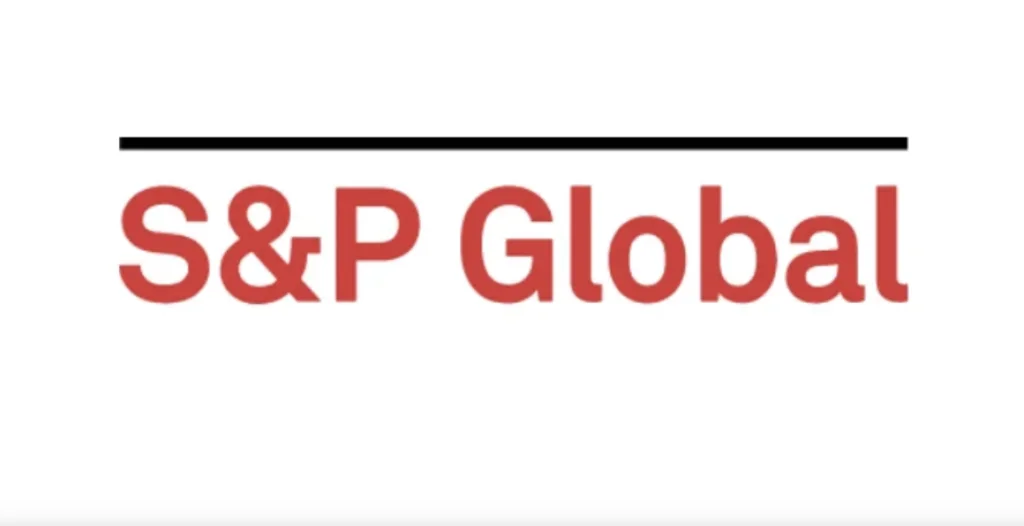S&P Global Ratings, a provider of financial services, has introduced its stablecoin stability evaluation to increase the stablecoin transparency of the blockchain ecosystem.

S&P Global stated in its announcement that the primary objective of the token stability assessment is to determine whether a stablecoin maintains its value compared to a fiat currency.
Stablecoins have evolved into an indispensable component of the digital currency ecosystem, and conventional financial services firms are progressively showing a growing interest in them due to their significance.
It is crucial to have a standardized metric for evaluating their stability, as it serves as a fundamental barrier against unnecessary precautions and prevents undesirable financial disruption.
According to S&P Global, establishing the stablecoin stability assessment is crucial for benefiting both the Decentralized Finance (DeFi) ecosystem and the more recent traditional financial (TradFi) sector.
Token evaluation will be based on a single point on a scale from one to five, where five indicates weakness, and one indicates extreme strength. The organization distinguished its modalities by evaluating the asset’s quality risks, which bordered on credit, market value, and custody risks, in three distinct methods. It then considers the degree of collateralization and liquidity mitigation mechanisms of each stablecoin.
Already utilizing its newly developed mechanism, S&P Global has evaluated the eight most prominent related tokens on the market. The firm assigned Tether (USDT) a score of 4 with a “constrained” clause in its most recent evaluation, highlighting the numerous transparency issues that plague the stablecoin.
USD Coin (USDC) received a comparable two-star rating (strong) as the Gemini Dollar (GUSD) and Pax Dollar (USDP). TrueUSD (TUSD) and Frax (FRAX) were given a low score of 5 due to their recent de-pegging.
Increasing Demands for Regulation of Stablecoins
The significance of the S&P Global Stablecoin Stability Assessment Ranking extends to the fact that it assists regulators worldwide in comprehending critical assets.
Global regulators and legislators are on the defensive to rein in the asset class in the wake of last year’s TerraUSDClassic (USTC) collapse, which sent tremors through the industry.
In anticipation of demands for stablecoin regulation in regions still absent, the S&P Global rating model could help inform investors about which stablecoins to trust and which to avoid.
